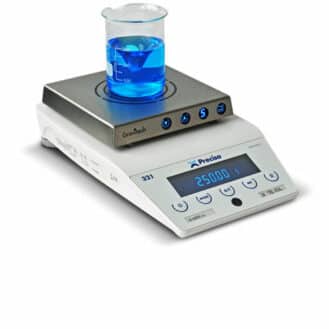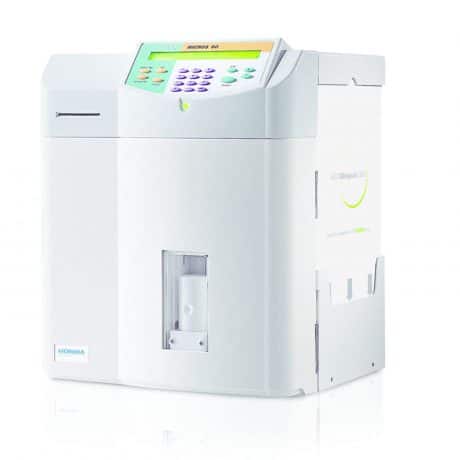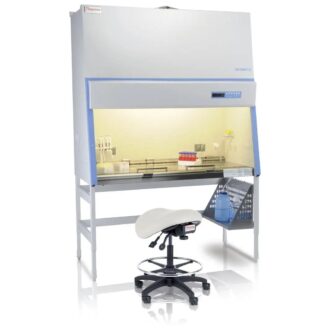A hematology analyzer (or hematology automaton) is a device used to perform a complete blood count (CBC) or hemogram. It performs a quantitative and qualitative analysis of the formed elements of the blood: red blood cells (erythrocytes), white blood cells (leukocytes) and platelets (thrombocytes). It is mainly used in medical analysis laboratories or in hospitals with a hematology unit. Some of these analyzers are designed for veterinary use.






Very useful information, thanks